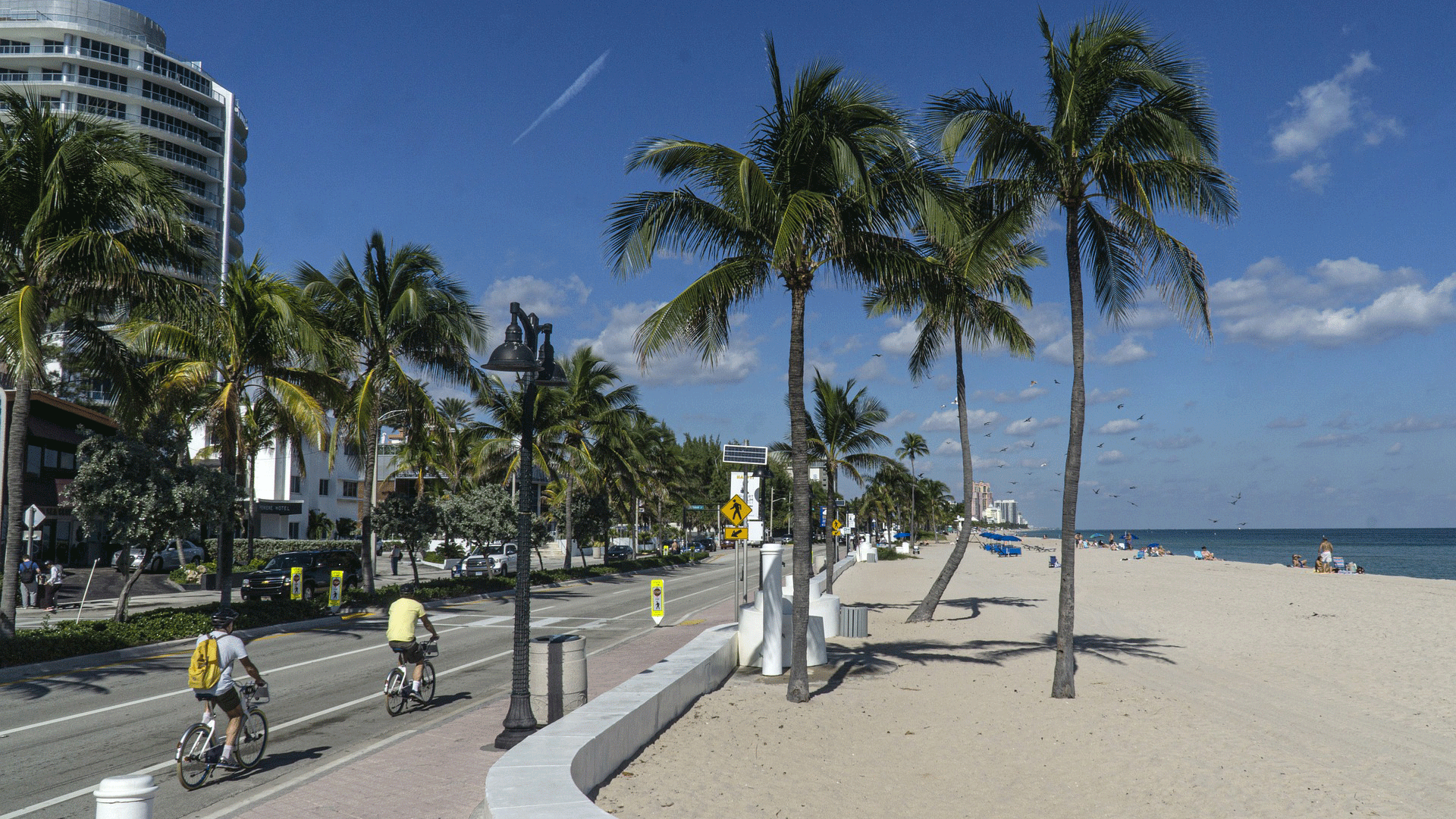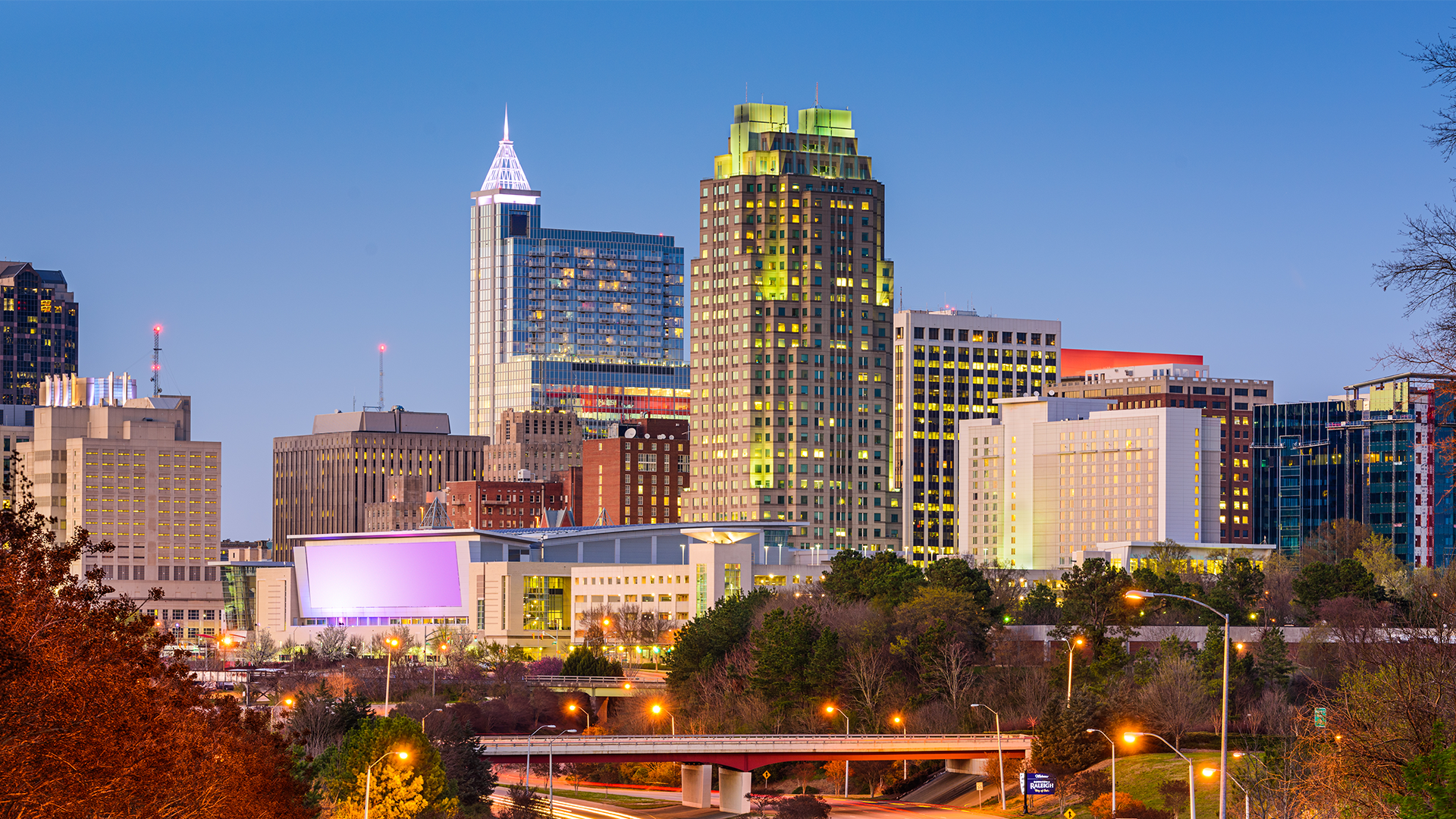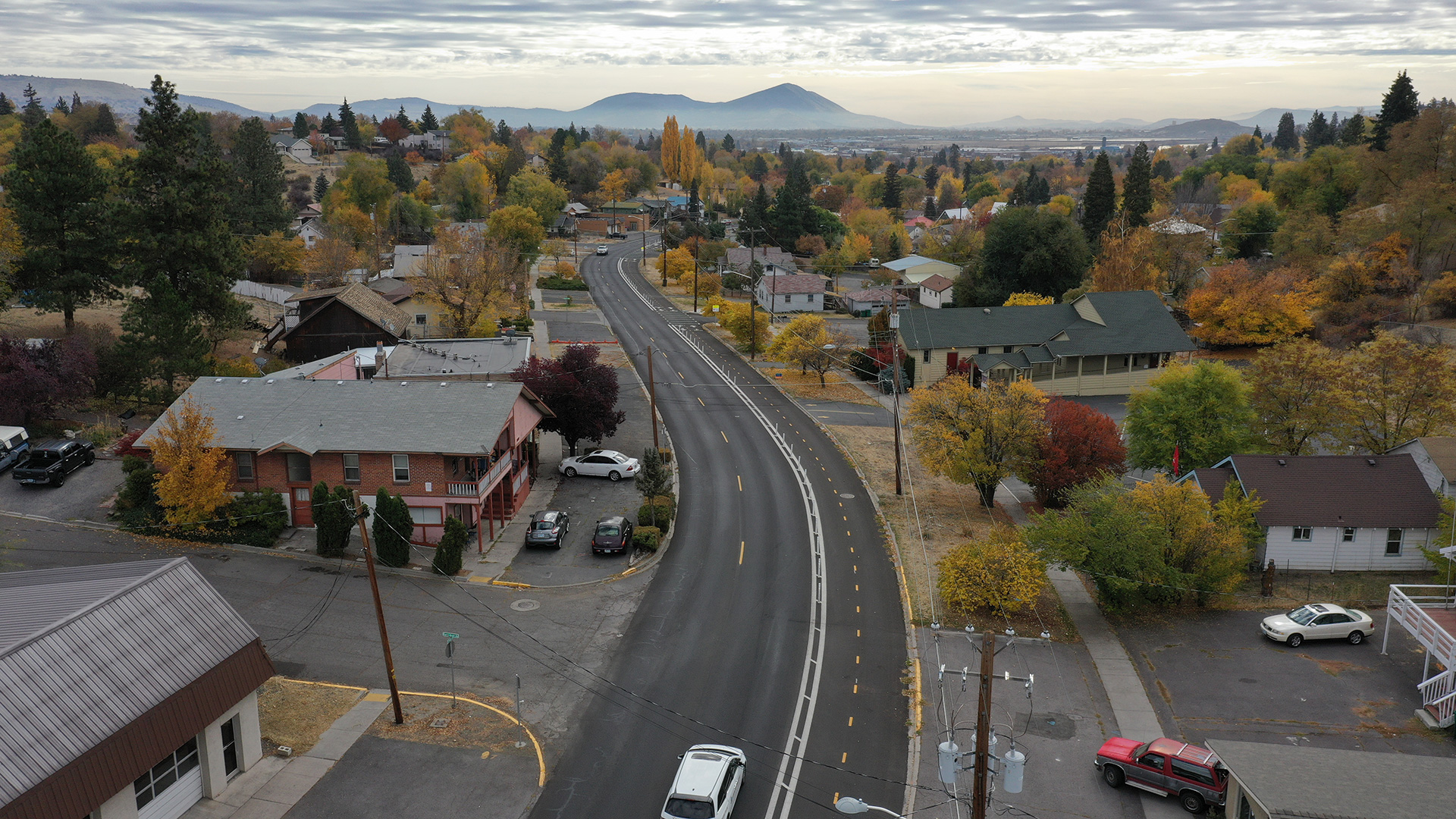Challenge
Southwest of Portland, Oregon lie the communities of Oregon City and West Linn. Today, people walking, biking, or rolling between these cities have to cross the Willamette River using the Historic Arch Bridge on OR 43, a busy state highway. The current facilities do not provide an accessible crossing for people with limited mobility: cyclists share narrow travel lanes with fast-moving cars and trucks, and people on foot or mobility devices must use steep and narrow sidewalks that don’t meet the Americans with Disabilities Act (ADA) standards.
Solution
Kittelson is leading the planning and outreach processes to develop a concept identifying potential alignment corridors for a future crossing with dedicated bike paths and sidewalks that will connect these communities in an equitable, inclusive way. We analyzed the potential bridgehead alignments based on user experience, cultural and historical impacts, design feasibility, cost, health and environmental impacts, and opportunities to integrate into the active transportation network. We also created demand projections and generated 3D visualizations of the alignments and viewsheds. The concept and feasibility plan were prepared to be adopted into Oregon City and West Linn’s Transportation System Plans, the Clackamas County Transportation System Plan, the Metro Regional Transportation Plan, and the Oregon Highway Plan.
The Outcome
Planning a River Crossing Through a Social Equity Framework
This project provided the opportunity to help craft the first ever social equity framework under ODOT’s 2020 Strategic Action Plan. This allowed us to experiment with new methods and approaches to applying an equity lens, engaging the public in a virtual setting, and provided understanding about the amount of time and budget needed to understand the cultural and historical impacts of a project this size.



